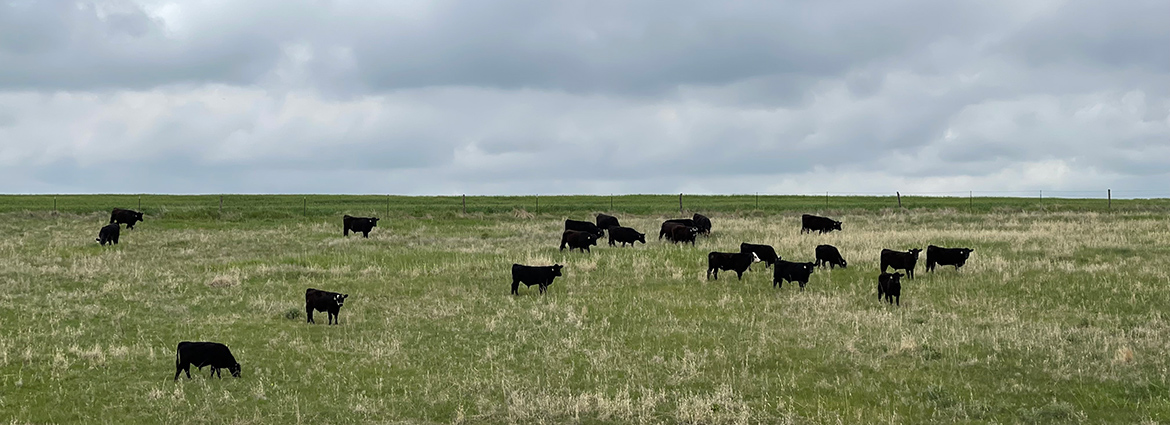
Summertime Heat Stress
Drought conditions continue to be a big factor this summer. The US Drought Monitor statistics page helps farmers visually identify when a drought begins and the severity of the drought over time. In this case of our local area, the drought began Jun 2021 and conditions continued to deteriorate through June of 2023, with the Drought Severity and Coverage (DSCI) Index hitting 480.
Over the last three months, we have had intermittent thunderstorms, rainfall events, and even hail. The current local DSCI value is 371 (which is a slight improvement). Those weather events have helped sustain our grain sorghum and feed. However, with no sub soil moisture, rain must be timely or the crops go backwards quickly. In addition, grass growth within pasture has not been able to stay ahead of cattle grazing with 37% of Kansas grazing acres in the very poor or poor category. Most likely most of the acres are on the west side of the state.
Aug 21 -25, north central Kansas has been subjected to a high-pressure system that has brought with it temperatures that have exceeded 100 degrees five days in a row. As a result, you can visually see the soybeans and corn regressing quickly. I have talked to some farmers who speculate those two crops are finished. Grain sorghum, which is a relatively drought-tolerant crop, shows leaf rolling and changes in color. The most recent USDA Crop Progress Report shows that 56-57% of Kansas topsoil and subsoil conditions are very short or short on moisture. As such, this excessive heat is causing damage and will lower yield potential.
The next 10 days will most likely define spring crops IF it hasn’t already. Another prompt rain is needed to sustain grain fill. Crop tours continue and the debate will rage on until harvest.